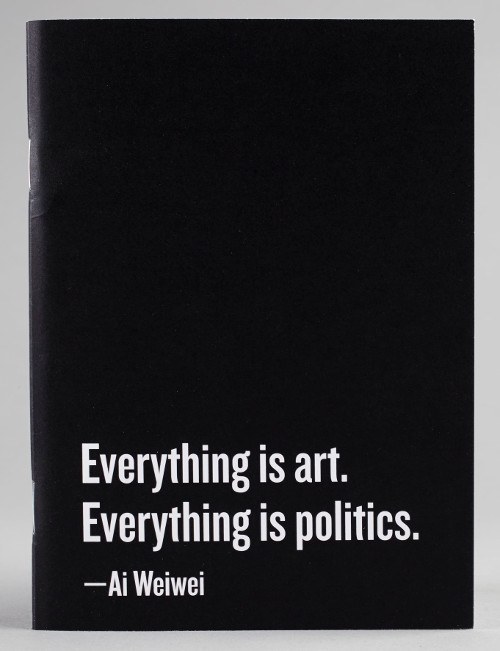This weekend for the first time in its history the Royal Academy of Arts is opening their galleries around the clock for the entire final weekend of Ai Weiwei – 56 hours nonstop!!!

Screen capture by author, 13 Dec 2015.
Ai Weiwei is one of China’s most influential artists. What makes him so special and famous is his talent – thought-provoking art projects, as well as his struggle against China’s authority. But interestingly, his exhibition in RA started while China’s chair man Xi Jinping was visiting UK – the authority and the one struggling with the authority visiting London at the same time. It might have some political meaning or it might not…
‘Souvenir from Shanghai, 2012’ (Cat.19 in the exhibition) is a concrete and brick rubble from the Ai Weiwei’s destroyed Shanghai studio, set in a Qing dynasty (1644–1912) rosewood bed frame.

Ai Weiwei’s ‘Souvenir from Shanghai’, photo by author, 25 Oct 2015, in RA.
The story behind this project is though provoking. Approximately two months before the Sichuan earthquake, the city government of Shanghai approached Ai with an invitation to build a studio in the nearby agricultural area of Jiading as part of a new cultural district. Although he initially demurred, the artist changed his mind and designed a building with an undulating roofline and a central courtyard.

A model of Ai Weiwei’s home and studio in front of ‘Souvenir from Shanghai’, photo by author, 25 Oct 2015, in RA.
But by the time the project was realised in 2010, Ai’s relationship with the authorities had soured. He had published his criticism of the Beijing Olympics in such international publications as The Guardian; campaigned vociferously for the rights of the families of earthquake victims, as well as those affected by the tainted infant formula that caused the deaths of six children and illness in over 300,000 during the summer of 2008; and suffered a beating by the Chengdu police. The Shanghai authorities suddenly notified him in August 2010 that he had failed to apply for the proper building permits and that his studio would be demolished. They razed it on 11 January 2011, yet paid Ai more in compensation than it had cost him to build.
Ai’s art has a clear characteristic which is political-themed.

(web resource)
Some opinions collected by myself around me:
- The power of decision making in nowadays China is still hold in the hands of a small number of people and others do not have the rights to speak against the decision makers. Like in the feudal age.
- China is making progress on these issues but it takes a long time to finish the transforming and the country is in the middle of it. Just give it time.
- Ai Weiwei is a fake-artist who is good at pleasing the western public and politicians with claptrap-themes which are against China so they can put their fingers into China’s internal issues. The western would like to reach the conclusion that communism is not going to work so China would follow the westerns’ guidance.
Did you just ask what’s my opinion? Well, Ai Weiwei’s exhibition is the easiest one for me to understand among all the art exhibitions I have visited 🙂
ps. 13 Dec is a national memorial day for Nanking Massacre (AKA The Rape of Nanking). May there be peace in the world for good.
Reference:
Bracker, A. (2015). Ai Weiwei: An Introduction to the Exhibition for Teachers and Students. Available: https://royal-academy-production-asset.s3.amazonaws.com/uploads/00adeea4-2828-421c-9c9e-1a935b01ca0b/AWeiwei_final_lowres.pdf. Last accessed 13/12/2015.
Royal Academy of Arts. (2015). Ai Weiwei. Available: https://www.royalacademy.org.uk/exhibition/ai-weiwei. Last accessed 13/12/2015.
Recent Comments